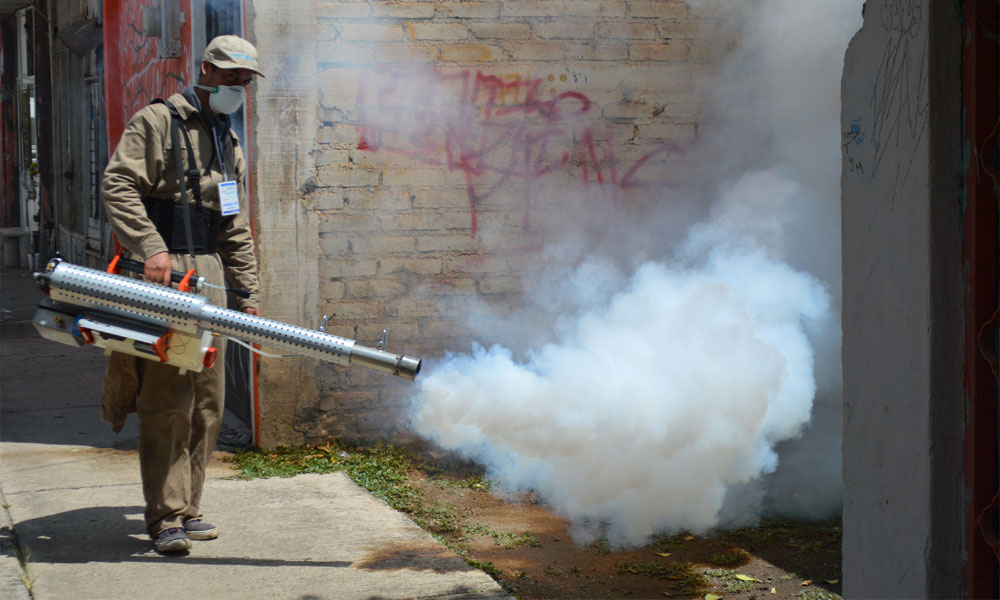Until July 17, 2024, dengue grew 324%, accumulating 23,856 cases against the 5,623 registered in the same period of 2023, while deaths went from 13 to 49.
According to the latest weekly report from the Ministry of Health on the epidemiological situation of dengue, it continues to increase.
In Mexico, 51% of confirmed cases are concentrated in Guerrero, with 4,084; Tabasco, with two thousand 802; Veracruz, with 1,936; Michoacán, with 1,786, and Chiapas, with 1,669.
Guerrero, Oaxaca, Tabasco, Morelos, and Nayarit are the entities with the highest number of estimated cases, concentrating 59% of the total.

The deaths correspond to the states of Tabasco, with 10; Guerrero, with nine: Morelos, with eight; Quintana Roo, with seven; Veracruz, with six; Michoacán, with four; State of Mexico, with two; Colima, with one; Oaxaca, with one, and Puebla, with one.
The latest available data indicate that 12,647 cases correspond to non-severe dengue and 11,209 to dengue with warning signs and severe dengue.
In 2023, 491 people died from the bite of the Aedes aegypti mosquito, which transmits the most arboviral diseases to humans.
According to the report, dengue serotype 3 currently predominates, which has not circulated for more than two decades.
Health authorities have recognized that due to climate change, dengue is now a permanent health contingency that is no longer a seasonal disease since the transmitting mosquito has become resistant to some insecticides and adapted to heights of up to 1,800 meters above sea level. sea level, and circumstances in which it did not survive before.
Water containers provide them with ideal living and proliferation conditions.
Dengue is characterized as a flu, with an attack on the general condition, generalized pain, headache, and fever.
There are serious cases of dengue hemorrhagic fever, in which damage to vital organs can occur and cause death.
San Miguel Times
Newsroom

